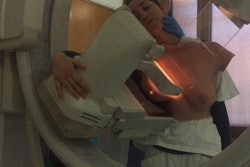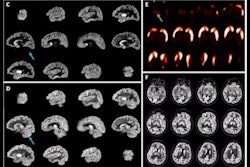Dear AuntMinnieEurope Member,
A week has passed since the shock suspension of seven radiologists at ZNA Cadix in Antwerp. Hospital managers attributed the swift action to the team's error rate, but the Belgian radiology community appears unconvinced and has engaged in a fierce debate over the issue.
As the dust begins to settle, a lot of questions still need to be answered: Was the decision politically motivated? Were the correct procedures followed? Is there a secret plan to move imaging services to a nearby private clinic? Did a toxic work environment contribute to the situation? Will a more detailed audit bring much-needed clarity? How many patients will sue the hospital? Will the radiologists be reinstated? Could the replacement of radiology teams become a wider trend? Look out for further updates.
Another important story this week is a new blog about AI from Dr. Kath Halliday, president of the U.K. Royal College of Radiologists. She's concerned that technology is often seen as a magic solution to all our health problems, and she warns that poor implementation can prevent the benefits from being realized.
In other news, a team from the University of Udine in Italy has explained how to use a wearable breast vest to teach radiography students about mammography placement. We have some short video clips about the value of the device as a training tool, as well as the group's future plans for the vest.
A major highlight at the annual meeting of the Society of Nuclear Medicine and Molecular Imaging (SNMMI) is always the Image of the Year award. You can see this year's winner in our special report from Toronto.
In another SNMMI article, Swiss researchers pointed out that an ultralow dose imaging method used with long axial field-of-view PET scanners produces images with a radiopharmaceutical dose 50 times lower than the standard effective dose. Also, make sure you check out AuntMinnie.com's news service from the conference.
Philip Ward
Editor in Chief
AuntMinnieEurope.com




















